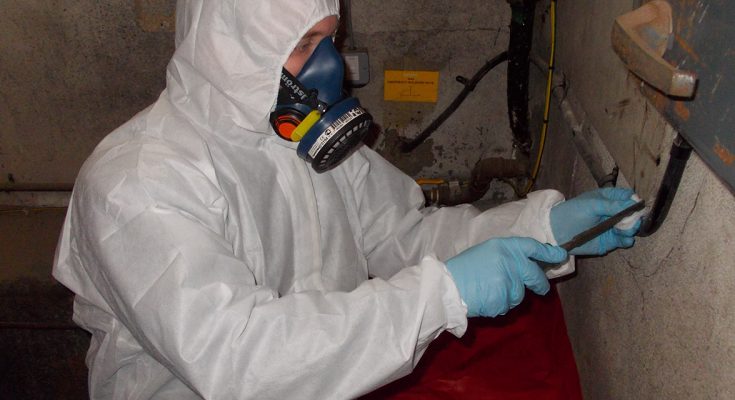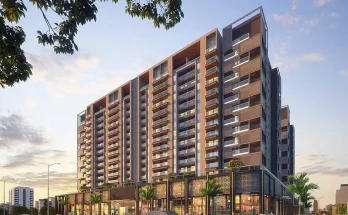Asbestos may be out of sight, but it’s never out of mind—especially if you own or manage a property in London built before the year 2000. Tucked away in walls, ceilings, and old boiler cupboards, this once-celebrated building material is now a ticking time bomb, responsible for over 5,000 deaths in the UK each year.
In today’s heavily regulated environment, ignorance isn’t just risky—it’s legally indefensible. A qualified London asbestos survey can mean the difference between ticking the compliance box and spiralling into a legal, financial, and health-related catastrophe.
Let’s explore how a professional asbestos survey from a trusted provider like AJC Environmental does far more than help you stay on the right side of the law—it protects lives, preserves reputations, and future-proofs your property.
Contents
- Why Asbestos Surveys Still Matter in 2025
- The Legal Landscape: Duty Holders and Responsibility
- What Sets a Qualified Survey Apart from a Risky One
- Comparing Survey Standards: Qualified vs. Cowboy
- FAQs: Asbestos Surveys in London
1. Why Asbestos Surveys Still Matter in 2025
Although asbestos was banned in the UK over two decades ago, it remains present in thousands of buildings across London—from Victorian terraces to 1970s office blocks. The risk isn’t historic—it’s ongoing.
Asbestos becomes dangerous when disturbed, releasing fibres that can be inhaled and cause life-threatening illnesses such as mesothelioma and asbestosis.
Yet despite the dangers, many building owners still assume, “If it hasn’t caused problems yet, it probably won’t.” That assumption can be costly.
The Health and Safety Executive (HSE) mandates that all non-domestic properties built before 2000 must have an asbestos management plan in place. The foundation of that plan? A professionally conducted asbestos survey.
2. The Legal Landscape: Duty Holders and Responsibility
Under the Control of Asbestos Regulations 2012, duty holders—including landlords, facilities managers, and employers—are legally required to manage the risk of asbestos in their premises.
Failure to comply can result in:
- Unlimited fines
- Prosecution and potential prison time
- Compensation claims
- Project shutdowns
- Reputational damage
And no—claiming you “didn’t know it was there” won’t hold up in court.
A qualified survey is your legal shield. It identifies asbestos-containing materials (ACMs), assesses their condition, and outlines what needs to be done—before contractors start drilling, demolishing, or accidentally disturbing something deadly.
3. What Sets a Qualified Survey Apart from a Risky One
Not all surveys are created equal. A hastily conducted, poorly documented assessment can leave you with a false sense of security—and a building full of invisible threats.
A qualified asbestos survey from AJC Environmental ensures:
- UKAS-accredited methodologies
- BOHS-trained and certified surveyors
- Comprehensive reports with lab-tested sample results
- Photographic evidence and annotated site plans
- Clear recommendations for safe management or removal
In contrast, an unqualified survey may be little more than a clipboard exercise—tick-boxing without the science to back it up.
4. Comparing Survey Standards: Qualified vs. Cowboy
| Criteria | Qualified Survey (AJC Environmental) | Unqualified Survey (Rogue Operator) |
| Accreditation | UKAS-compliant, BOHS-qualified | None or unverifiable |
| Sample Analysis | UKAS lab-tested | Unverified or skipped entirely |
| Report Quality | Detailed with photos, plans, and actions | Vague, poorly formatted, hard to interpret |
| Legal Validity | Recognised by HSE and insurers | May not hold up in legal disputes |
| Risk Management Guidance | Included as standard | Often omitted or generic |
In short: a qualified survey is a safety net. A poor one is just a trap in disguise.
5. FAQs: Asbestos Surveys in London
-
Who needs an asbestos survey?
Any owner or manager of a non-domestic property built before 2000. This includes offices, warehouses, shops, and communal areas in flats.
-
What types of surveys are there?
- Management Survey – For regular occupation and maintenance
- Refurbishment/Demolition Survey – Required before any major building work
- Re-inspection Survey – For properties with known asbestos to monitor its condition
-
How long does a survey take?
Most standard properties can be surveyed in a day, with a report delivered in 5–7 working days.
-
What happens if asbestos is found?
Not all asbestos needs to be removed. If it’s in good condition and unlikely to be disturbed, it can often be managed safely in place.
-
Can I do it myself?
Absolutely not. Identifying and handling asbestos requires specialist training, equipment, and lab testing.
Conclusion: Prevention Is Protection
In London’s fast-paced property market, it’s tempting to cut corners or assume the risks don’t apply to you. But when it comes to asbestos, that mindset is a shortcut to disaster.
A qualified asbestos survey is more than compliance—it’s common sense. It gives you the clarity, control, and confidence to move forward with any building project safely and legally.
Whether you’re a developer, landlord or facilities manager, don’t roll the dice on safety. Choose professionalism. Choose expertise. Choose peace of mind.
Because when it comes to asbestos, “it’ll probably be fine” isn’t a plan—it’s a liability.




